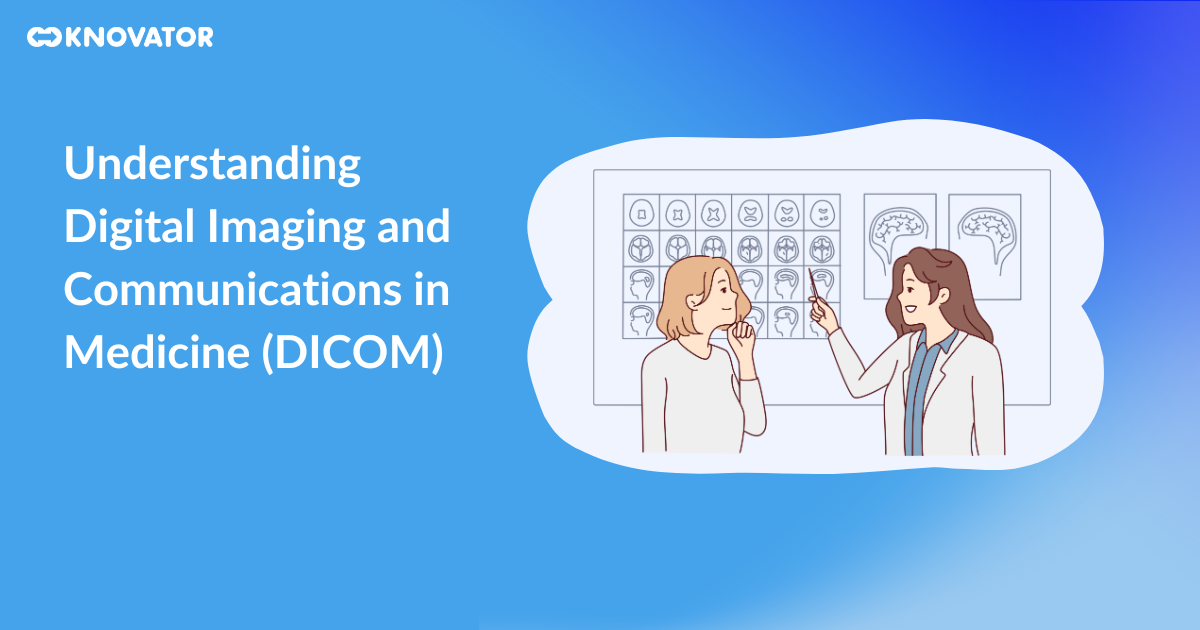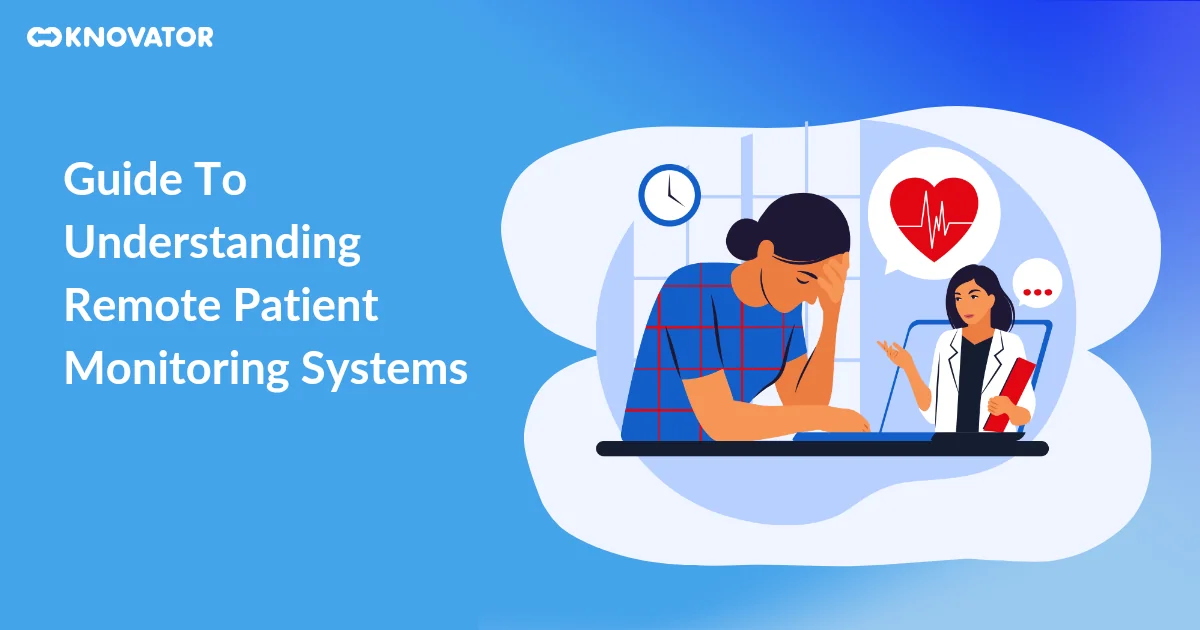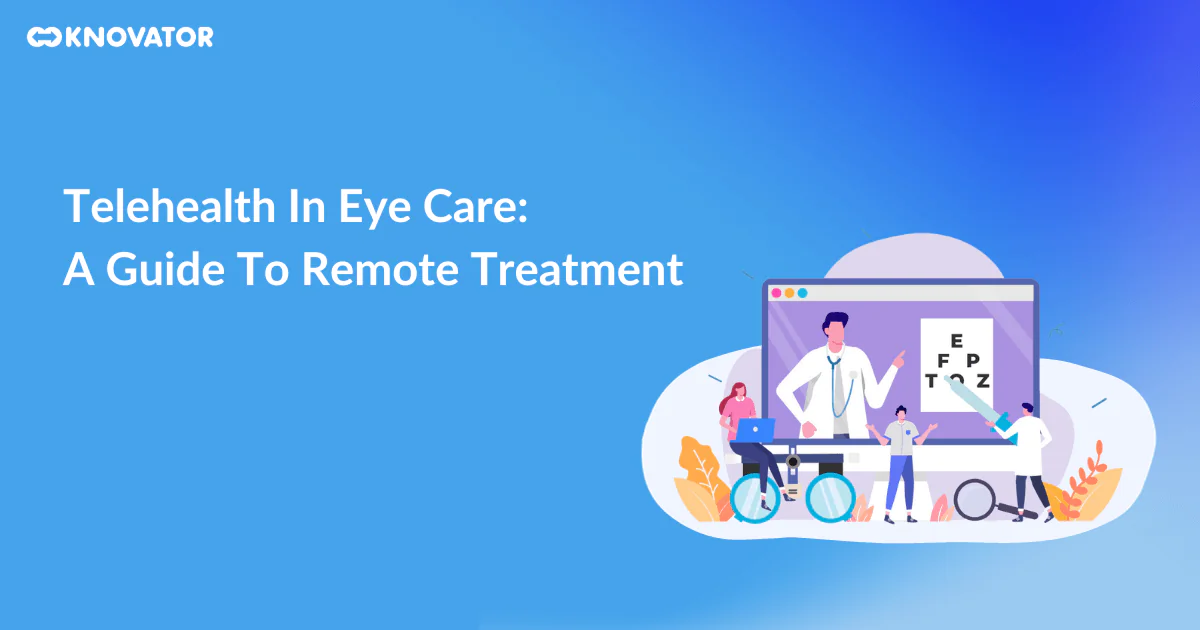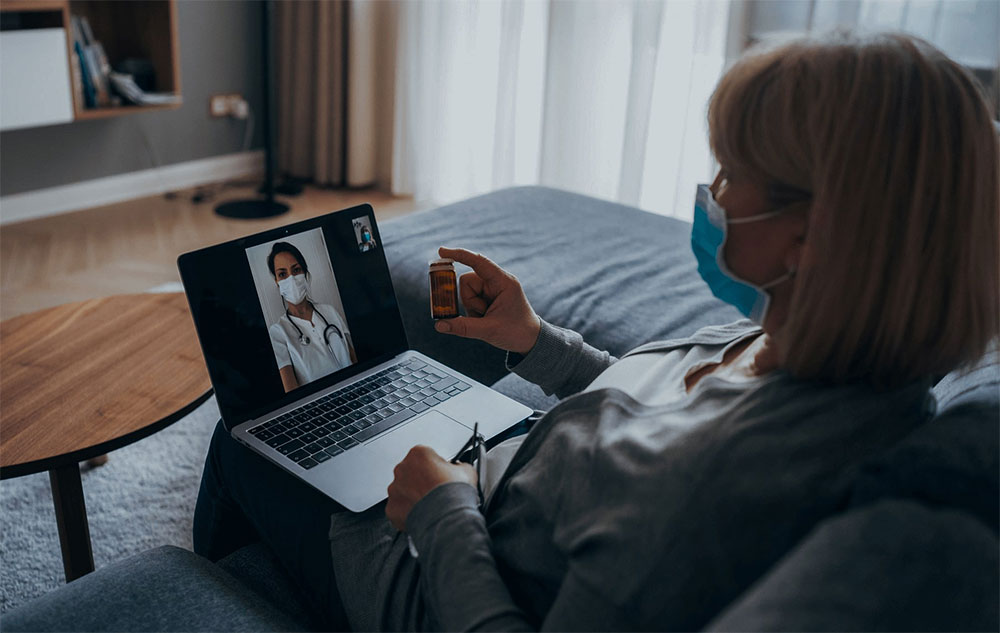OPD – The Outpatient Department serves as a gateway to the patient’s journey through your hospital’s care system. It’s the first touch point, where symptoms are assessed and the seed of trust is established between the patient and the healthcare institution.
A Typical OPD Process…

It involves the following stages:
1. Appointment Scheduling
2. Registration and Check-In
3. Waiting Area
4. Triage (if necessary) – Sometimes, the nurse may analyze and see if the patient requires urgent treatment
5. Consultation with Healthcare Provider
6. Diagnostic Tests and Procedures (if any)
7. Prescription and Scheduling Follow-Up
8. Billing and Payment
9. Feedback and Departure
What are the problems in the current OPD process?
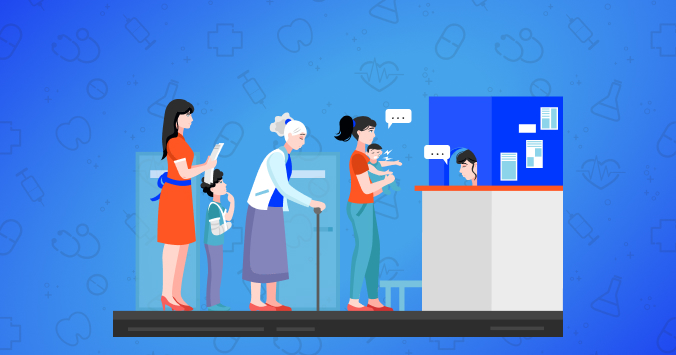
Change is the law of nature.
But for far too long, the OPD process has remained mostly unchanged.
Lengthy.
Cumbersome.
Time-consuming.
Crowdy.
Stressful.
Let’s see the reasons why the OPD process leads to all these feelings in patients.
1. Long Waiting Time:
Long waiting times in the OPD waiting areas lead to patient frustration, discomfort, and dissatisfaction. For some people, it is also a reason for discouragement in patients from seeking timely care and as a result, delayed diagnoses and treatments.
2. Overcrowding:
Sometimes, overcrowding happens in the waiting areas due to which people find it frustrating and stressful to wait for their turn. It also exposes contagious diseases to spread over with each other among patients.
3. Lack of privacy:
Many times, due to the crowded nature of waiting areas, patients feel a lack of privacy that directly affects their decision to visit the OPD system. Sometimes, patients also feel the same due to unfriendly or unhelpful staff.
4. Appointment Delays:
Delayed appointments or overbooking leads to patients not receiving care at their scheduled times, causing a huge inconvenience.
5. Limited Specialists Access:
The patient only has about 10-15 mins of specialist access during which they must convey all their problems. In case the patient needs to ask a simple query, the whole process has to be repeated again! Sometimes, this limited access also leads to misunderstandings or non-compliance.
6. Administrative Hassles:
According to the UK, a study was held among _ patients where they observed that 55% of patients are not satisfied with the registration process.
Patients often encounter administrative hassles, such as complicated paperwork, registration processes, and billing issues, which add to their stress.
7. Technology Gaps:
Limited use of technology for appointment scheduling, record-keeping, and communication between patients and healthcare providers or specialists hinders efficiency and convenience.
State of OPD in India
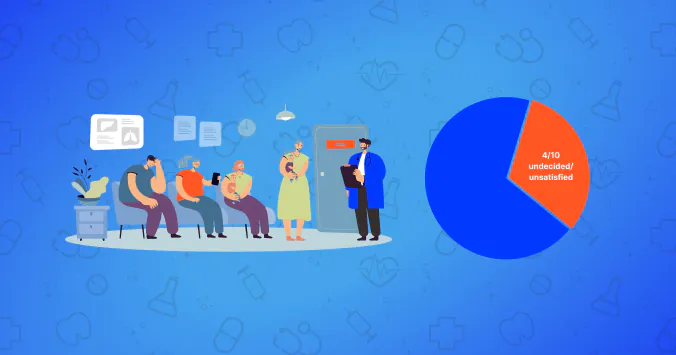
According to a study of “Patient Satisfaction in the Outpatient Department of a Secondary Care Public Hospital” in December 2022, 4 out of 10 patients found the waiting room facility either undecided or unsatisfied.
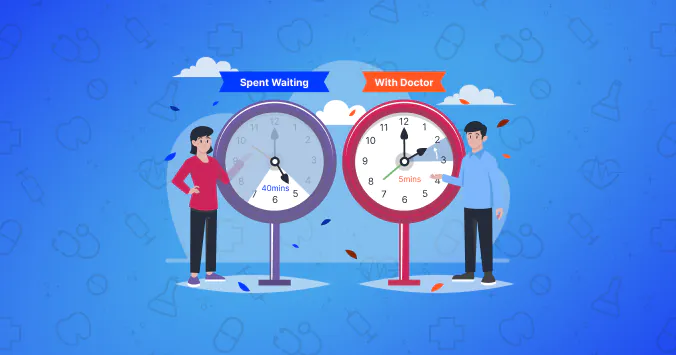
How can we solve the problems in OPD Transformation?
Mr. Navneet Bali
– CEO of Clearmedi Healthcare Pvt. Ltd. – a healthcare services organization in Haryana, India – raised a very interesting concept of remote consultation for OPD patients.
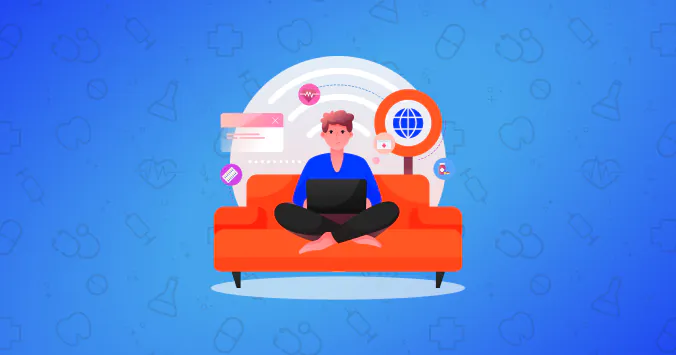
Remote consultation for OPD patients, often known as Telehealth or Telemedicine is the transformation that would solve all the problems of the OPD process! It involves patients and healthcare providers interacting virtually, rather than in person. Here’s what a typical remote consultation for OPD patients looks like:
1. Appointment Scheduling:
Using a secure online healthcare portal, patients choose an appropriate appointment time. They consult the clinic’s telehealth coordinator if necessary via a helpline number from the portal.
2. Appointment Preparation:
After an appointment has been scheduled, the patient receives an email with forms that will help them communicate the symptoms, medical history, and current medications if any. This will help the telehealth provider be prepared for the scheduled appointment.
3. Initial Online Consultation:
The patient and the doctor log in to the secure healthcare portal using a smartphone, desktop, or tablet. The remote consultation takes place through an audio or video call (depending on the capability of the portal). The healthcare provider discusses the patient’s symptoms, medical history, and any concerns. They ask questions and request visual information, such as showing a rash or swollen area on the video call.
4. Deciding Next Steps:
Based on the information exchanged, the healthcare provider may offer a diagnosis, recommend further tests if needed, and develop a treatment plan. This can include prescribing medications, suggesting lifestyle changes, or referring the patient for in-person care if necessary.
5. Follow-up:
The healthcare provider educates the patient about their condition, treatment plan, and any precautions to take. They schedule follow-up telehealth appointments as needed to monitor the progress.
6. Billing:
After the consultation is completed, the patient can pay the bill for online consultation using the secure platform. The billing can be in parts or via an escrow – depending on the platform used.
7. Records Update:
The records of the appointment are updated by the healthcare provider and fed into the secure system.
8. Feedback:
Patients are encouraged to provide feedback on their remote consultation experience, helping healthcare facilities improve their telehealth services.
Remember, not every online visit is the same. Some may only have talking, while others might use video to see each other better. Telehealth is like a magic wand that helps you get medical help, especially when going to the doctor’s office is tricky and when you want to avoid the stress of visiting an OPD.
Why will OPD Transformation be more than necessary in the coming days?
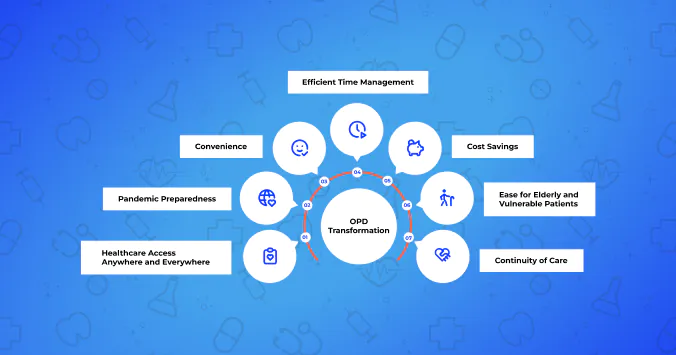
1. Healthcare Access Anywhere and Everywhere:
There will be no limitations to access to healthcare. Even people living in remote areas will be able to access healthcare from their fingertips!
2. Pandemic Preparedness:
The COVID-19 pandemic highlighted the importance of telehealth! It allows for safe and efficient healthcare delivery while minimizing the risk of disease transmission during outbreaks.
3. Convenience:
Everything is available on the internet nowadays! Then why not doctors? Telehealth makes seeking medical health very convenient for today’s generation.
4. Efficient Time Management:
Both doctors and patients save a lot of waiting time. Only patients who require in-person care visit the hospitals and footfall can be reduced to a big percentage.
5. Cost Savings
Since the footfall is reduced, we need fewer services for the patients and fewer staff and facilities to manage the patients. This directly reduces a lot of costs for the hospitals. This also improves the overall patient experience.
6. Ease for Elderly and Vulnerable Patients:
Telehealth is valuable for elderly and vulnerable patients who may have difficulty traveling to healthcare facilities or hospitals. It helps ensure they receive necessary medical attention and monitoring.
7. Continuity of Care:
Telehealth supports continuity of care by enabling patients to maintain their relationships with healthcare providers even when they cannot meet in person regularly.
As we analyze and recognize the ever-expanding horizons of telehealth in OPD processes, it is more than clear that innovative solutions are waiting for us!
OPD transformation emerges as a powerful solution, effectively tackling many healthcare challenges such as improving access, enhancing convenience, and driving cost-effectiveness.
If you’re interested in exploring the possibilities of creating a telehealth platform or have ideas for the future of healthcare technology, we’re here to listen! Connect with us to embark on a journey of healthcare transformation!






